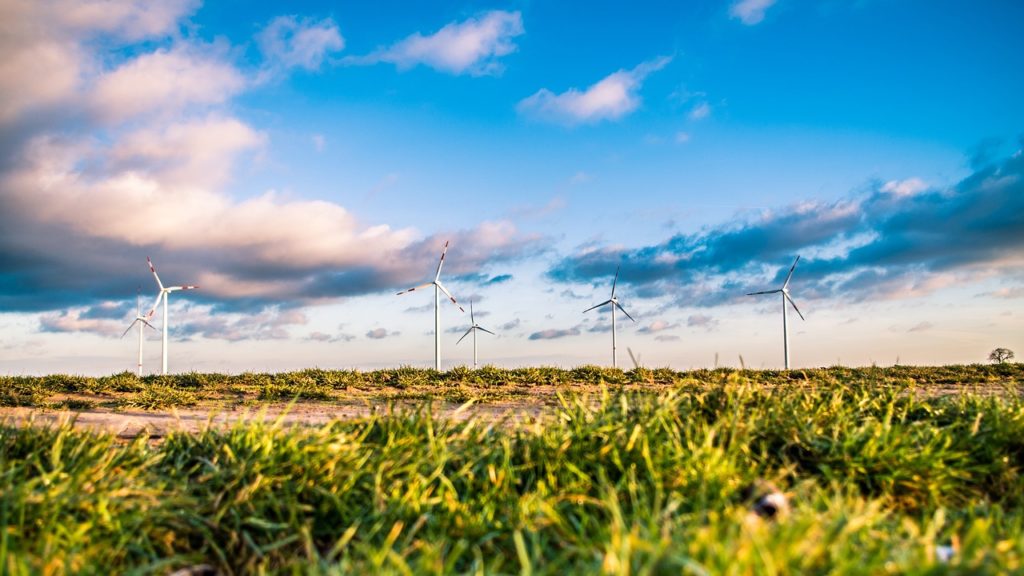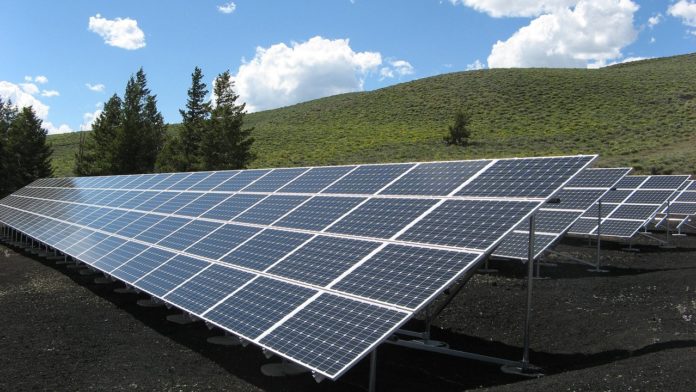Australia is making a major transition toward renewable energy and a clean energy system. In doing so, it is setting an example for the world in the process. After the Paris Agreement was signed in 2015 for global efforts to mitigate global warming, renewable energy in Australia has become even higher of a priority. The country has made significant investments in renewable energy, particularly in wind and solar power, in order to drive change and reduce reliance on coal as its main source of energy.
The country is growing remarkably, both in terms of the economy and population, and is consistently under stress to supply for its habitants. A driving force behind the country’s efforts in addition to its adherence to the Paris Agreement is its own water crisis felt at home. Water scarcity has long been a challenge in Australia and droughts are all too common. In 2018, the country was deemed to be water-stressed by the World Resources Institute, a Washington D.C.-based non-profit organization that analyzes environmental and developmental challenges.
The main source of energy in Australia is coal, which requires a substantial amount of water to produce electricity and the country does not have the water to spare. To overcome the problem of droughts and address the overall need for water, the shift to renewable energy can provide the country with energy that does not require water to produce.
The transition toward renewable energy has been committed to via a large-scale plan that consists of the RET. The Renewable Energy Target (RET) states that 33,000 gigawatt-hours of Australia’s electricity is to be generated from renewable sources. This would mean that 24% of electricity generation would be generated from renewable sources in Australia.
To drive the efforts forward for the renewable energy plan, the national government is raising awareness about the benefits of renewable energy and incentivizing businesses and private homes to, for example, run on solar power with financial initiatives.

Fortunately, the country’s efforts are readily apparent and it has the results to show. Only 3 years after the Paris Agreement was signed, 21% of Australia’s electricity generation came from renewable energy. 2018 was an outstanding year for Australia’s clean energy industry and by the end of the year, $24.5 billion in further investment was financially committed.Today, there are over 92 projects in Australia’s renewable energy sector under construction or due to start construction. The Clean Energy Council website states, “These projects will deliver over $25.4 billion in investment, 14,611 MW of new renewable energy capacity and create 14,523 direct jobs.”
On the current track, 100% of Australia’s energy is expected be from renewable sources by 2030.
Australia in particular does also have some advantages as a country that contribute to its successes, as it is a great candidate for renewable energy. The island continent has a landscape that sets the stage for wind and solar power, as sunshine is abundant for solar and coastlines draw wind to fuel wind power. Solar power, for example, converts sunlight into electricity via solar panels, which are being set on private and commercial buildings and set up in solar farms. With abundant sunshine, more electricity is naturally produced. Wind power is created by naturally occurring wind that is captured by the blades of wind turbines and generated into electricity. This does make it relatively easy to implement renewable energy in Australia. The size of the island continent is also is a major factor, as space is required for these renewable energy farms. Luckily, according to the Sydney Morning Herald, only 0.1% of the country’s land mass would need to dedicated to a solar farm that could power the entire country.
Australia is setting a very important example for countries all around the world and has the potential to become a renewable energy superpower. Sustainable living is a growing global movement, but when it comes to renewable energy, action and investments are required. It takes planning and dedication to move forward with a renewable energy plan as Australia has, and Australia does not show any inclination in slowing down its efforts. The efforts illustrate that cutting greenhouse gas emissions and transitioning from ways that no longer best serve our earth or us is not impossible, nor is it too difficult. Not only has the country taken action, it is surpassing its goals and striving for more.








